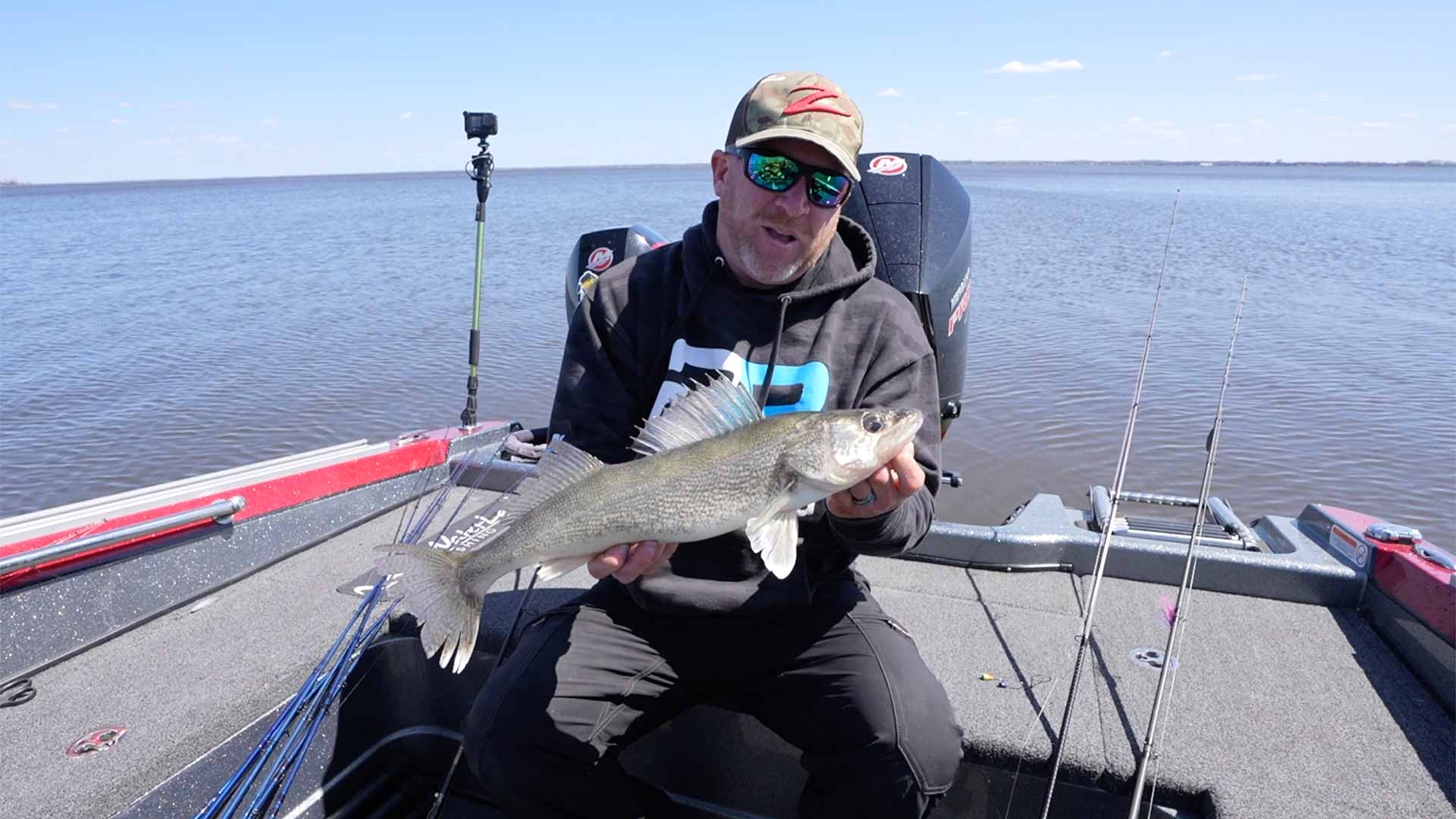BIG Bluegills: A Biologist’s Perspective
The lakes that the DNR tends to see good bluegill growth typically have a couple things going for them:
1. Good Habitat
2. Relatively Low Harvest
Below, we are going to break down each of those factors a little more in-depth. Alternatively, you can watch the video above to hear most of the same information. Our goal is to teach you how to find big bluegills, and why you should be especially kind to the large males you catch.
What is good habitat for big bluegills?
So what kind of habitat is “good habitat” for big bluegills. Generally, you’re looking for lakes with emergent vegetation, plenty of epiphytic macroinvertebrates (which are basically bugs on plants), and some good quality submerged vegetation, which provides cover and protection, as well as food for the young of the year. If bluegills are able avoid predators and gorge themselves with food, they can often grow quite large over time.
How does harvest impact bluegills?
Now that brings us to the more controversial topic of “harvest”. Most panfish anglers enjoy bringing a few fish home for the pan after a day out on the water. While there’s nothing wrong with keeping a few fish, it’s important to be selective in your harvest. In particular, it’s important to release the large male bluegills (we’ll get to that later). Lakes that consistently kick out big bluegills often have less fishing pressure and/or special regulations limiting the harvest of bluegills. The MN DNR has found that having reduced bag limits on some of their fisheries has had a positive impact on the overall size structure of bluegills in the lake.
The state of Minnesota is blessed to have a large number of fisheries that provide diverse and unique opportunities to anglers. There are many good lakes throughout the state that have ideal conditions for big bluegills. Combine the conditions described above with fairly low pressure/harvest, and you have a recipe for producing some massive hubcap ‘gills.
Why is it important to release large male bluegills?
The primary reason: Without their presence, the bluegill population will stunt (likely permanently). The males are the key protectors of the nesting colony. Once they are removed, it allows smaller fish to spawn and become sexually mature. Bluegills have successful spawns every year, which means once the population is stunted, the cycle cannot be undone. This is why it’s vitally important to release these particular fish back into the lake because their presence ultimately determines the overall size structure of the population.
How do you tell the difference between males and females? The males tend to be more brightly colored, with orange, colorful bellies. Their noses are more rounded, as opposed to pointed. You’ll notice that females have a more yellow colored belly, and will show vertical barring going up and down their backs more visibly than their male counterparts. See the pictures below:
Is there hope for Lakes with stunted bluegill?
It can be extremely difficult to rebuild the size structure in a lake once the bigger bluegills have been lost and the population stunts. That said, one opportunity that presents itself under rare circumstances is in small, shallow lakes that are connect to another body of water. Lakes like these can be susceptible to winter kills, which will press the proverbial “reset button” on the fishery.
These particular lakes tend to be extremely nutrient-rich and productive. Bluegills will come in from connected lakes after the winter kill scenario, and will grow like gangbusters. This has been documented many times by the DNR throughout southwest and south central Minnesota. Some of these shallow, nutrient-rich lakes aren’t connected to other waterways, in which case bluegills are often reintroduced by fisheries management.
In these situations, bluegills can grow 2-3 times faster than the going average. The average bluegill in Minnesota grows about one inch per year, but in these freshly killed, nutrient rich lakes, you can have gills that grow to be 8-9 inches in less than six years. That’s pretty amazing if you really think about it.
Larger reservoirs and lakes can typically support more big bluegills because the harvest isn’t as concentrated as it is on smaller lakes. While these lakes will often host more anglers in total, it can be difficult to consistently find and catch those bigger fish on these fisheries. The sheer size of the habitat provides protection for the big male bluegills from fishing pressure.










